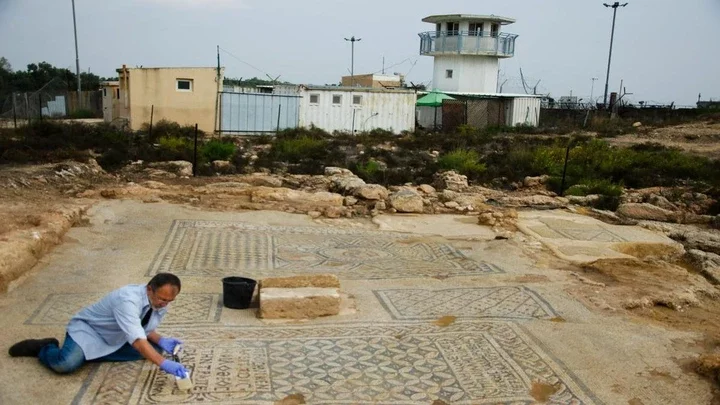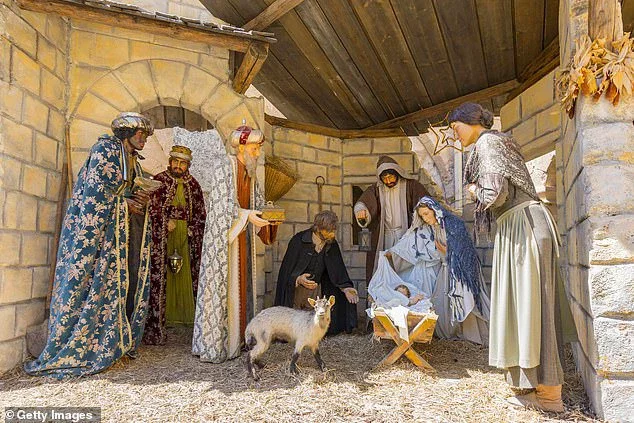In this groundbreaking discovery, the Megiddo mosaic in Israel is the first evidence of Christians believing that Jesus was God ever found, giving unparalleled insights into the early church.

Scientists discovered the most consequential Biblically related artifact since the Dead Sea Scrolls. They found an inscription that reads "Jesus is God," which has left early-church historians in awe.
The Megiddo mosaic, at 1,800 years old, has enraptured experts because it is the earliest evidence ever found that the early Christians believed that Jesus Christ was God.
Currently, on exhibition at the Museum of the Bible in Washington D.C., the executives cannot stop speaking about its unparalleled significance as an archeological discovery that opens up new understandings of the early church, as quoted in the Daily Mail.
Not since the Dead Sea Scrolls, Bobby Duke, the director of the museum explained, "Truly, the mosaic presents a wealth of new data for church historians."
The Megiddo mosaic boasts many "firsts"
For two thousand years, the 581 sq ft Megiddo mosaic lay hidden beneath the floor of a prison. In 2005, archaeologists began excavations nearby due to the prison's expansion and relocation plans in the Jezreel Valley, a mythic location where Armageddon is expected to unfold, according to GB News.
An inmate made "an extremely dramatic discovery" in what turned out to be also the world's first prayer hall, the Jewish News Syndicate reported.
Built in 230 AD, the sheer age of the hall along with the name Gaianus suggests that the relationship between the early Christian church and pagan Romans, as the mosaic predates the monotheistic shift of the empire, was less contentious than historians had previously believed. A Roman officer commissioned this stunning mosaic and the world's first house of prayer during the Roman occupation of Judea, as per The NY Post.
'Gaianus, a Roman officer, has made the mosaic.'
All Israel News reports that a Roman camp stood adjacent to the prayer hall located in an ancient Jewish village. So the structure keeps on unfolding like a story about Christianity before it became official.
The presence of four mysterious women's names is a rare feature. The name Akeptous is inscribed in the description that, most likely, honored a Eucharist table. The inclusion of the artist's name "Brutius" is another unusual detail along with the first representations of fish, which represent Jesus.
"This is the only one in Israel," Alegre Savariego, curator of the Rockefeller Collection and mosaics at the Israel Antiquities Authority told JNS. "We found the name of Jesus before Christianity was part of the Roman empire," she said.
Megiddo mosaic on exhibition at the Museum of the Bible
The CEO of the Museum of the Bible, Carlos Campo concluded to JNS that he learns more about the "power of the object and what it's trying to say to me about ancient history, about the history of Christianity, about the place in Israel and so much more."
"This object really is a way for us to come together-a way for us to see that these tiny little tesserae, these tiny little chips, these beautiful pieces when placed together-they tell a remarkable story of unity." unity."
















Comments